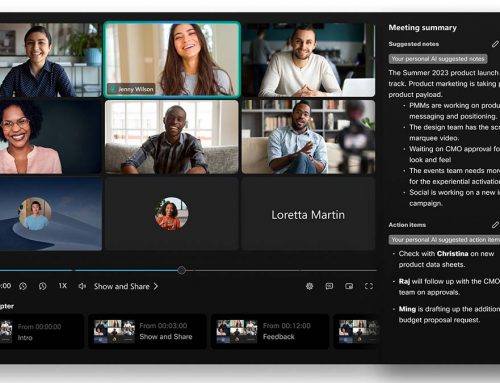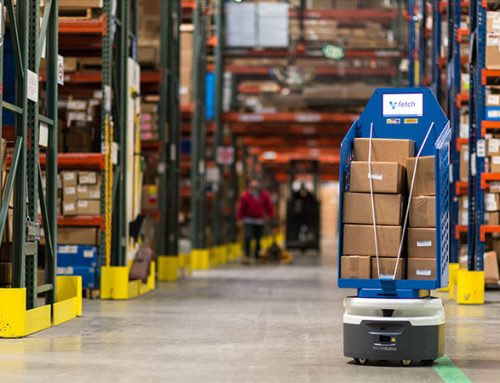Why Smarter Roads, Bridges and Tunnels Are Good for Economies and Societies
October 14, 2020
By Kareem Yusuf
As economies around the world continue to grapple with COVID-19, a major consideration is determining how to reboot economic growth. According to a recent report from Swiss Re, spending on infrastructure could be one of the key ways to kick-start and drive strong and sustainable growth.

Instead of needing rope climbers to scale a bridge for inspections,
drones can capture visual images for AI analysis.
Governments around the world are currently determining their COVID-19 stimulus programs. The US Government has outlined infrastructure spending programs totaling hundreds of billions of dollars. The European Union announced a €750 billion recovery fund, and emerging markets are expected to invest $2.2 trillion in infrastructure annually over the next 20 years.
Projects to modernize roads, bridges and tunnels are expected to attract strong backing. The focus will be on making them smarter, more resilient and better for the environment.
Prior to the pandemic, infrastructure resilience was an area already experiencing rapid innovation. Thanks to that head start, artificial intelligence, Internet of Things technologies, and asset management systems are already helping to bring modern, digital efficiencies to the way we manage our civil infrastructure.
Modernization of civil infrastructure helps us in three specific ways:
To manage: Asset management systems provide the means for keeping track of which structures an organization is responsible for, and maintaining up-to-date records of their construction, maintenance history and schedules throughout their lifecycle. A diverse range of datasets can be integrated into these systems—including spreadsheets, photographs, videos and 3D models. Greater consistency and information transparency on the health and history of a structure helps streamline maintenance and facilitates third-party inspections.
To monitor: The ability to collect data about these structures has increased exponentially over the past decade. With safety concerns limiting the ability of teams of engineers to visually inspect all parts of a structure, today the previously labor-intensive and time-consuming job of collecting data can be partly performed by networks of sensors, cameras and drones. The data collected can also be analyzed by artificial intelligence (AI), which can be used, for example, to detect faults and cracks. Not only do these networked devices do this with a high degree of accuracy and consistency; they help free up the time of engineers to focus on data interpretation and action.

Using images captured by a drone, AI can flag potential trouble spots on
a bridge that may require maintenance or repair.
To predict: Once a record management system is established and is streaming organized and consistent data from sensors in the field, AI can then be applied to turn that data into insights. AI-enabled machine learning creates statistical models and identifies anomalies that could point to future problems. Predictive analytics suggest what might happen next, based on previous similar scenarios, enabling a more preventative approach to maintenance.
Partners in Innovation
At the heart of this new approach is effective collaboration among all organizations involved in civil infrastructure management across public and private sectors, as well as technology companies that support the effort. That’s why IBM has chosen to partner with Sund & Baelt, a major European civil infrastructure builder and developer, and Sacertis, a civil engineering and infrastructure assessment firm, to build an industry solution called IBM Maximo for Civil Infrastructure, which is today announcing a host of new capabilities.
This new asset management solution is specially optimized for civil infrastructure. It helps organizations monitor the structural health of bridges, tunnels, highways, dams, grids, railways and more. It can extend the lifespan of assets by optimizing maintenance and providing early warnings of deterioration and damage. The information it provides enables infrastructure managers to work more efficiently, make better decisions, minimize cost and reduce potential risks.
This solution builds on work IBM has been doing with Autostrade per l’Italia, in their effort to apply digital technologies to transform the management of thousands of pieces of civil infrastructure across Italy—a €7.5 billion transformation program.
The COVID-19 crisis has given us a mandate to rethink everything, including how we manage millions of pieces of civil infrastructure globally. Not only will solutions like IBM Maximo for Civil Infrastructure help keep these facilities safe and congestion free, but act as an important part of the investment we need to reboot our economies.
To learn more about how our new investments in infrastructure are positioned to help economies around the world restart and refocus their efforts, I encourage you to attend the new Maximo Academy session on how to “optimize your civil infrastructure assets with IBM Maximo.” And stay tuned to our Infrastructure page on IBM.com as we continue to announce new capabilities and partnerships.
Kareem Yusuf, PhD, is General Manager of AI Applications at IBM.









